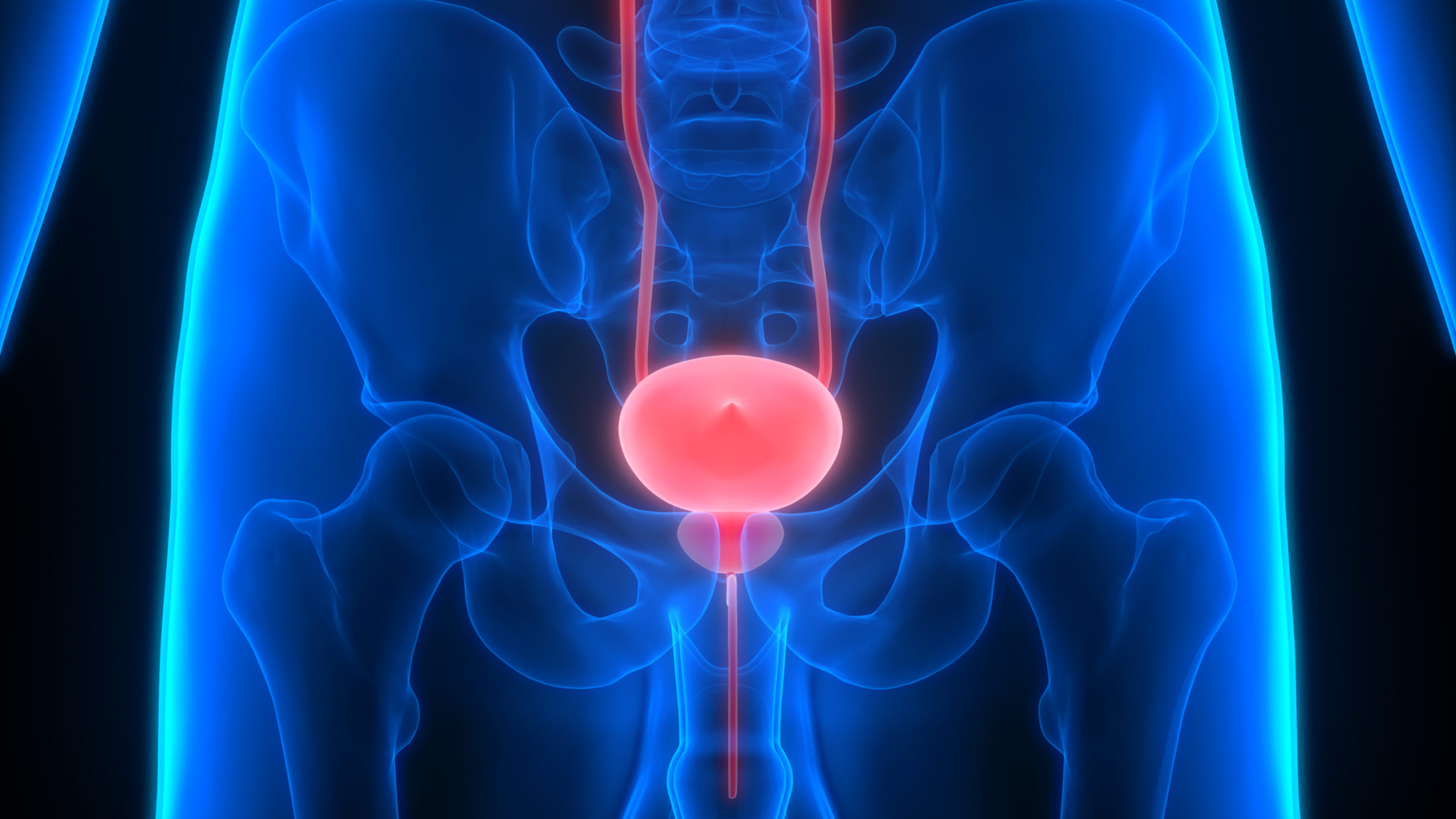Intermittent catheterization vs Indwelling catheters
When the bladder is unable to empty properly, your doctor may recommend you insert a catheter to allow urine to exit the body. Intermittent catheterization refers to inserting a catheter into the bladder via the urethra intermittently, commonly every 4-6 hours. This is in contrast to an indwelling catheter such as a foley or suprapubic, which stays inside the body at all times and allows continuous drainage of urine.

UTIs
While urinary tract infections (UTIs) are still possible with intermittent catheterization, clinical studies have shown that there is a much greater risk for UTIs with indwelling catheters. This should make sense because of the constant connection to the outside of the body which can allow bacteria to make its way inside the urinary tract. With intermittent catheterization, a catheter is inserted just long enough to empty the bladder and then removed. The less time the catheter is inside the body, less chance for an infection. But, suprapubic catheters and foley catheters have the advantage of being less maintenance for patients. Instead of inserting a catheter every 4-6 hours, a patient can simply empty their bag when it is full.
Which method is best?
While there are advantages and disadvantages to each method of draining the bladder, you should discuss all options with your doctor. In this way, you can determine the best treatment plan for your individual needs. For those needing to self-catheterize, check out our guide for men and guide for women on intermittent catheterization.
Jeffrey Despommier, OTR, OMS, CUA, ATP
About the author – Jeffrey is an occupational therapist with over 15 years of rehabilitation experience. He is board certified as a urologic associate and ostomy management specialist. He also specializes in complex rehab technology and is board certified as an assistive technology professional.

